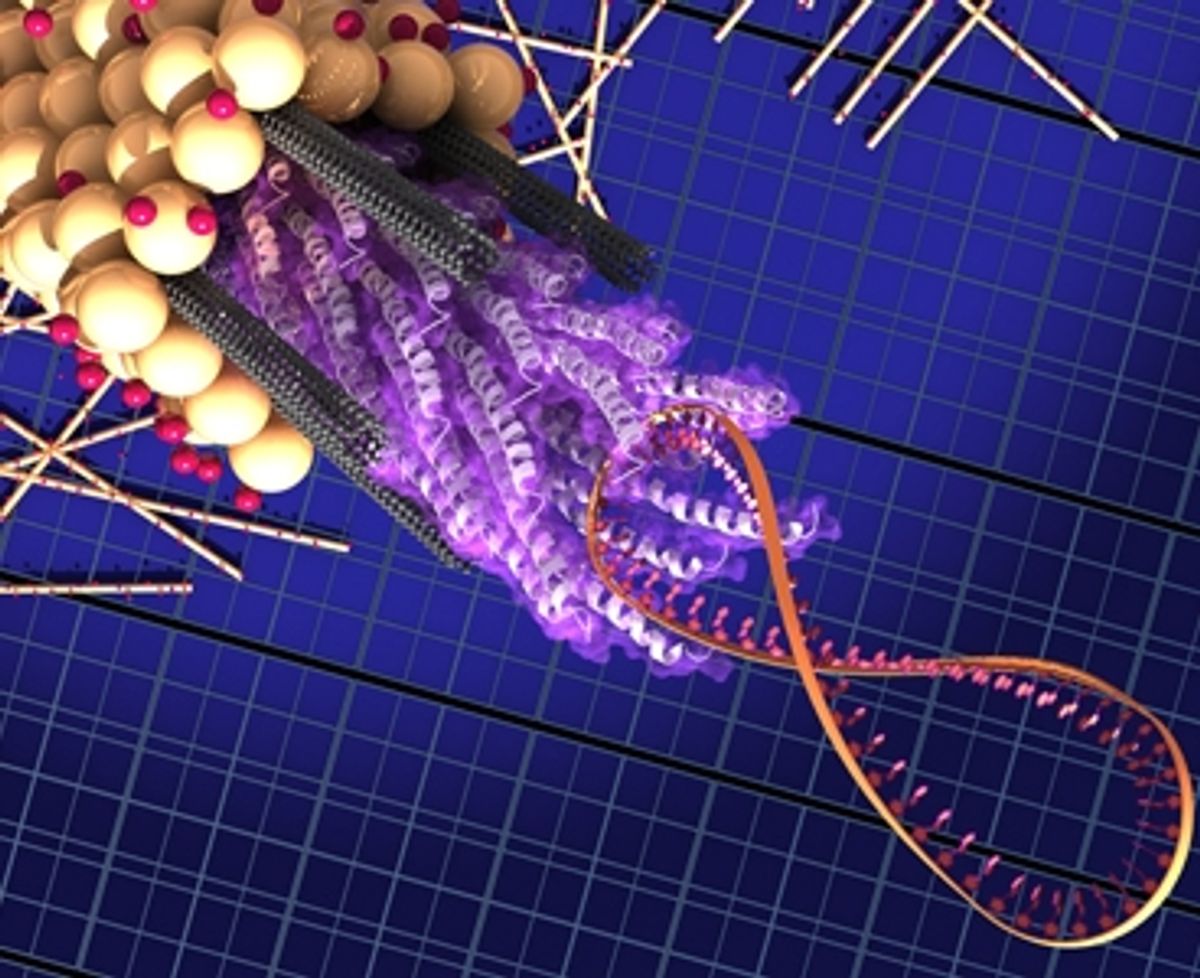One of the fundamental problems in using carbon nanotubes (CNTs) for solar cell applications is that you often get a mix of semi-conducting nanotubes and conducting (metallic) CNTs.
While a couple of years back researchers discovered that adding imperfections to CNTs used in dye-sensitized solar cells helped in their catalytic function, it did not seem to do much for their conductivity, or really make much of a marked effect on their overall efficiency.
While the research used dye-sensitized solar cells, the researchers believe that the technique could be used with quantum-dot and organic solar cells.It is the level of improved efficiency that is obtained through this technique that has impressed. It is reported that this method can improve the efficiency of the dye-sensitized solar cells by 30%, bringing their conversion rate to 8 to 10%. Not earth shattering numbers, but an improvement with these types of solar cells.
In the article cited above, Prashant Kamat, a professor of chemistry and biochemistry at Notre Dame University who has done extensive work on dye-sensitized solar cell, comments, “Dye-sensitized solar cells have already been commercialized in Japan, Korea and Taiwan,” he says. “If the addition of carbon nanotubes via the virus process can improve their efficiency, “the industry is likely to adopt such processes.”
Dexter Johnson is a contributing editor at IEEE Spectrum, with a focus on nanotechnology.




